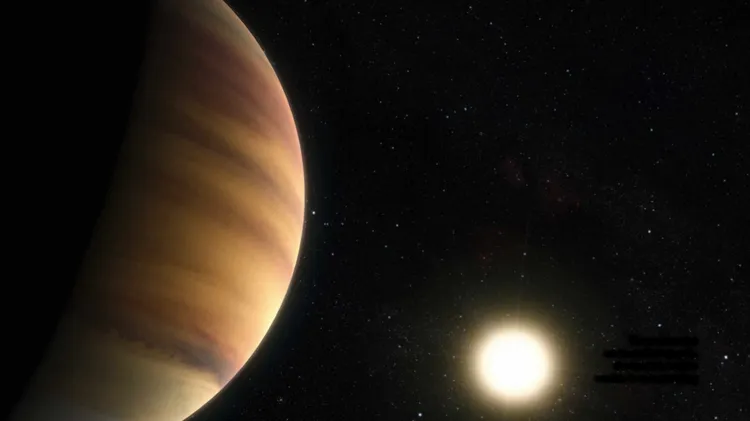In 2021, Sean Sutcliffe from Oxford Space Systems spoke to The Sky at
Inside the sky at night
4 min read
This article is from...
Read this article and 8000+ more magazines and newspapers on Readly






